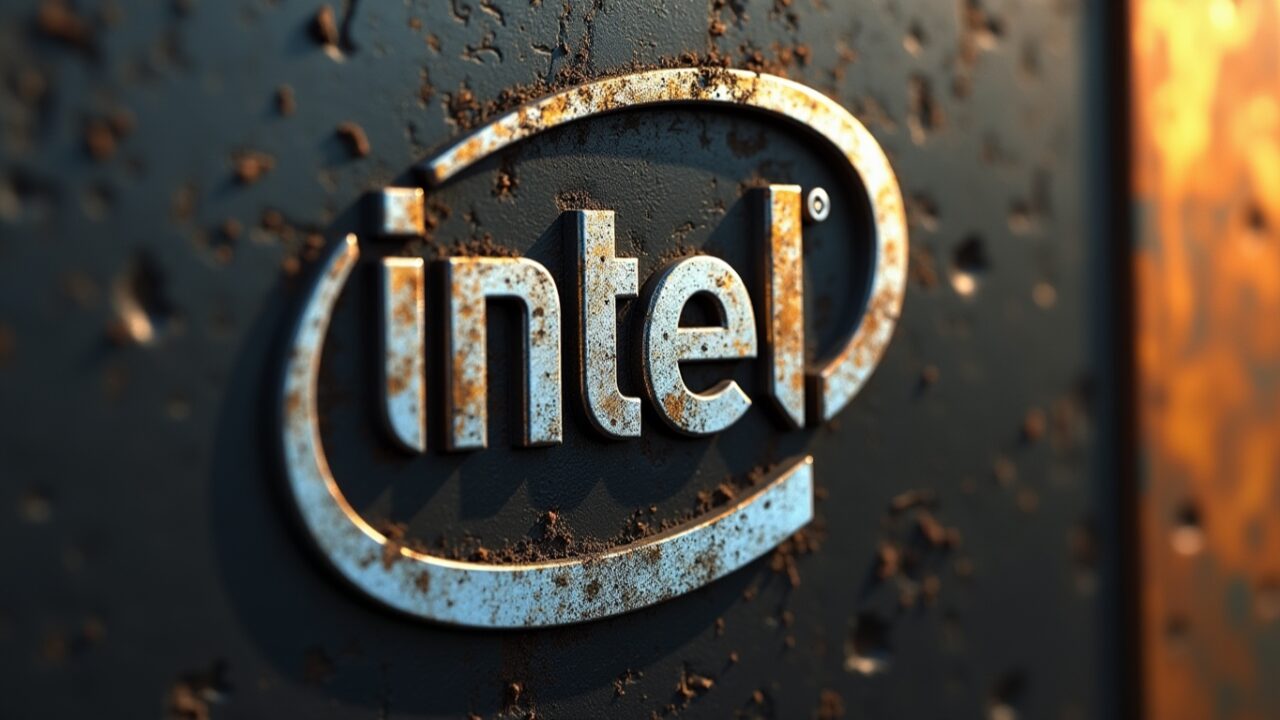The Intel Royal Core project, which was expected to create great excitement in the technology world, was suddenly canceled by the company’s CEO Pat Gelsinger in early 2024. The project was supposed to provide revolutionary performance increases in Intel’s next-generation processors. So why was it suddenly canceled? Details in our news…
Intel Royal Core Project Canceled: High-performance cores abandoned
The Intel Royal Core project, especially the architectures codenamed Beast Lake and Beast Lake Next, stood out as the most important parts of this project. Beast Lake would be released in 2027 with 12 performance cores (P-core) and 16 efficiency cores (E-core). This architecture would be equipped with modules called “Rentable Units” (RU) that could be split into two smaller cores when necessary. Beast Lake Next would take this concept even further and have the ability to split each core into four separate units.

But all of these exciting plans were dashed when Gelsinger believed that high-performance cores were unnecessary for future computers . The CEO chose to shift Intel’s focus from high-performance cores to AI and server chips, believing that CPU cores would only be used to connect GPUs in the future. So Intel’s cancellation of the Royal Core project suggests that the company will be moving away from its traditional desktop processor powerhouse and focusing more on AI and server applications.
So how will this decision affect Intel’s competitiveness? Instead of competing with the rapidly developing high-performance core architectures of AMD and other rivals, Intel’s new strategy is seen as risky. However, if Gelsinger’s prediction is correct, Intel could shape future technology trends with this move.
So, do you think Intel’s radical move is right? Does it make sense to give up on high-performance cores? You can write your opinions in the comments section below.












